The new Corsair RMx Shift series brings an innovation: a side-positioned DC connector panel. According to the brand’s claims, this provides a tremendous boost to cable management since users have an easier access to the modular panel. Moreover, all Shift models are ATX v3.o and PCIe 5.0 ready.
Corsair decided to exploit the popular RMx series, so in its new series, it uses the RMx naming scheme, but it adds a “Shift” at the end of it. This word was used because the modular panel was shifted from backward to the side. I am not sure if this change on the modular panel’s position will work on all chassis since some have special PSU compartments covering the PSU’s sides, but it is high time for the chassis manufacturers to make some changes, too.
The new Corsair RMx Shift series includes four members with capacities ranging from 750W to 1200W. In this review, I will look at the second member of the line, with 850w max power. I have already posted all their reviews for those interested in discovering more about the other Shift models, so feel free to check them out.
The MSRPs of all Corsair Shift models.
- Manufacturer (OEM): CWT
- Max Power: 1000W
- Cybenetics Efficiency: [115V] Gold (87-89%)
- 80 Plus Efficiency: Gold
- Noise: Cybenetics A (20-25 dB[A])
- Compliance: ATX12V v3.0, PCIe 5.0, EPS 2.92
- Alternative Low Power Mode support: Yes
- Power 12V: 1000W
- Power 5V + 3.3v: 150W
- Power 5VSB: 15W
- Cooling: 140 mm Fluid Dynamic Bearing Fan (NR140P)
- Semi-Passive Operation: Yes
- Modular Design: Yes (Fully)
- High Power Connectors: 2x EPS (2x cables), 7x PCIe 6+2 pin (5x cables), 1x PCIe 12+4 pin (600W)
- Peripheral Connectors: 16x SATA (4x cables), 8x 4-pin Molex (single cable)
- ATX/EPS Cable Length: 610/660mm
- Distance between SATA connectors: 110mm
- Distance between 4-pin Molex connectors: 100mm
- In-cable capacitors: No
- Dimensions (W x H x D): 150 mm x 85 mm x 180 mm
- Weight: 1.88kg (4.14lb)
- Warranty: 10 years
Box & Bundle
The box has a sticker with ATX 3.0 compatibility at its top right side. It also speaks of a 450W 12VHPWR connector.
For quite some time, Corsair has used the Cybenetics badges on its boxes. Hopefully, they will also put them at the face of the box, where they belong!
Product Photos
A sticker informs you that it is normal if the fan doesn’t spin, and you should not RMA the PSU!
The 1000W and 1200W Shift models are slightly larger, measuring 180mm in depth. The side-mounted modular panel looks weird, but you never know. It can be beneficial with the proper chassis!
Cables
| Modular Cables | ||||
| Description | Cable Count | Connector Count (Total) | Gauge | In Cable Capacitors |
|---|---|---|---|---|
| ATX connector 20+4 pin (610mm) | 1 | 1 | 16-18AWG | No |
| 4+4 pin EPS12V (650mm) | 2 | 2 | 18AWG | No |
| 12+4 pin PCIe (660mm) | 1 | 1 | 16AWG | No |
| 6+2 pin PCIe (660mm) | 3 | 3 | 16AWG | No |
| 6+2 pin PCIe (660mm+100mm) | 2 | 4 | 16-18AWG | No |
| SATA (460mm+110mm+110mm+110mm) | 4 | 16 | 18AWG | No |
| 4-pin Molex (450mm+100mm+100mm+100mm) | 2 | 8 | 18AWG | No |
| AC Power Cord (1400mm) – C13 coupler | 1 | 1 | 16AWG | – |
There are no in-cable caps, and the provided cables and connectors are more than enough to deliver the PSU’s full power effortlessly. I would like to see a longer distance between the peripheral connectors.
Protection Features
|
OCP (Cold @ 26°C) |
12V: 104.2A (125.09%), 11.898V |
|
OCP (Hot @ 40°C) |
12V: 104.2A (125.09%), 11.936V |
|
OPP (Cold @ 28°C) |
1231.07W (123.11%) |
|
OPP (Hot @ 41°C) |
1231.11W (123.11%) |
|
OTP |
✓ (147°C @ 12V Heat Sink) |
|
SCP |
12V to Earth: ✓ |
|
PWR_OK |
Proper operation |
|
NLO |
✓ |
|
SIP |
Surge: MOV |
OCP at 12V and OPP are correctly set. On the other hand, OCP on the minor rails is set a bit high, especially at 3.3V. But there are no load regulation or ripple issues. All other protection features are present too, and working well.
Part Analysis
| General Data | – |
| Manufacturer (OEM) | CWT |
| PCB Type | Double-Sided |
| Primary Side | – |
| Transient Filter | 6x Y caps, 2x X caps, 2x CM chokes, 1x MOV |
| Inrush Protection | 1x NTC Thermistor SCK20150 (15 Ohm) & Relay |
| Bridge Rectifier(s) |
2x GBJ2506 (600V, 25A @ 100°C)
|
| APFC MOSFETs |
3x Infineon IPA60R125P6 (600V, 19A @ 100°C, Rds(on): 0.125Ohm) &
1x Sync Power SPN5003 FET (for reduced no-load consumption) |
| APFC Boost Diode |
1x On Semiconductor FFSP1065A (650V, 10A @ 152°C)
|
| Bulk Cap(s) | |
| Main Switchers |
4x Infineon IPA60R190P6 (600V, 12.7A @ 100°C, Rds(on): 0.19Ohm)
|
| Driver IC(s) |
Champion CM6500UN
|
| Digital Controllers | Champion CU6901VAC |
| Topology |
Primary side: APFC, Full-bridge & LLC converter
Secondary side: Synchronous Rectification & DC-DC converters |
| Secondary Side | – |
| +12V MOSFETs | 6x Infineon BSC014N06NS (60V, 152A @ 100°C, Rds(on): 1.45mOhm) |
| 5V & 3.3V | DC-DC Converters: 4x UBIQ QN3107M6N (30V, 70A @ 100°C, Rds(on): 2.6mOhm) PWM Controllers: UPI-Semi uP3861P |
| Filtering Capacitors | Electrolytic: 4x Nichicon (2–5,000h @ 105°C, HD), 1x Nichicon (5-6,000h @ 105°C, HV), 1x Nippon Chemi-Con (1-5,000h @ 105°C, KZE), 1x Nippon Chemi-Con (4-10,000h @ 105°C, KYA) 4x Nichicon (4-10,000h @ 105°C, HE) Polymer: 28x FPCAP, 11x Nippon Chemi-Con |
| Supervisor IC | Weltrend WT7502R |
| Fan controller | Microchip PIC16F1503 |
| Fan Model | Corsair NR140P (140mm, 12V, 0.22A, Fluid Dynamic Bearing Fan) |
| 5VSB Circuit | – |
| Rectifier |
1x PS1045L SBR (45V, 10A)
|
| Standby PWM Controller | On-Bright OB2365T |
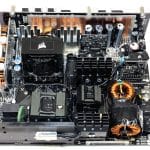
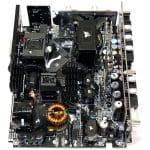
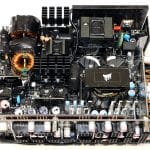
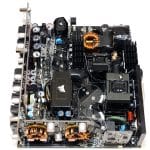
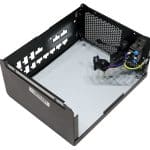
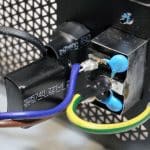
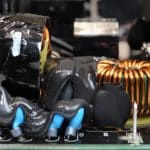
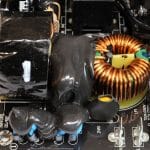
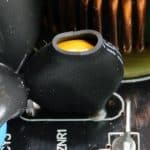
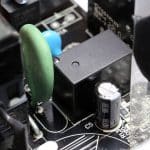
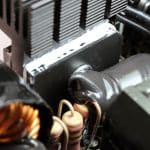
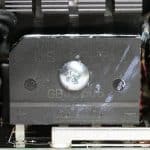


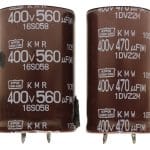

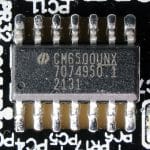
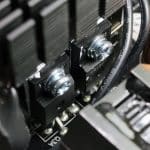
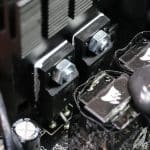
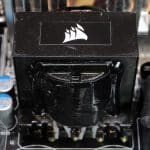
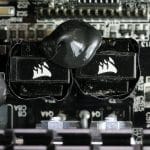

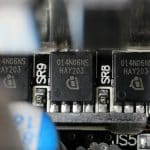
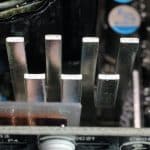
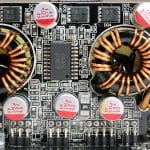
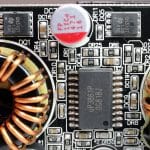
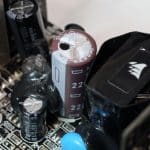
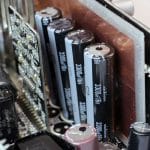

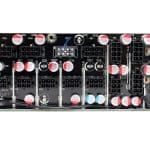
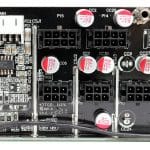
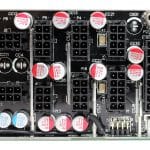
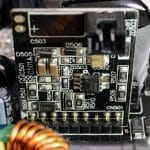
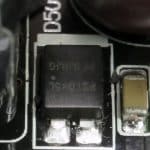
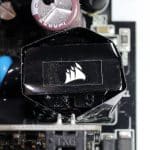
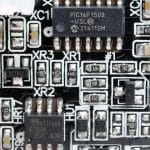
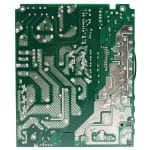
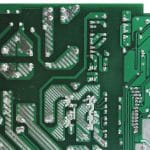
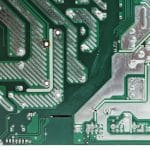
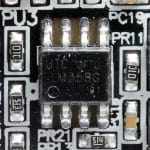
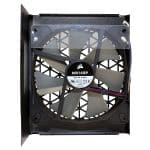

Channel Well Technology (CWT) is the OEM of all RMx Shift models. The same manufacturer builds the RMx units. The RMx Shift models have a completely different layout from the RMx, because of the PCB changes that the side-mounted modular panel required. Aside from that, most of the parts that Corsair used are the same as the RMx, including the PFC and LLC resonant controllers, the 5VSB circuit, the housekeeping IC and the PWM controllers of the DC-DC converters. The 750W and 850W use smaller PCBs than the 1000W and 1200W units, but the layout is the same. The build quality is high, and Corsair used top-notch parts to achieve high performance and increased reliability. The main differences between the 750W and 850W models with the 1000W and 1200W ones are the topology on the primary side. The former use a half-bridge topology, while the latter utilize a full-bridge one, allowing for higher power output while keeping energy losses in control. All models feature an LLC resonant converter for increased efficiency.
The APFC and resonant controllers, the DC-DC converters that generate the minor rails, the 5VSB circuit, the supervisor IC, the fan controller, and the fan are the same in all Shift models. The key differences are in the bridge rectifiers, the FETs, the NTC thermistors, the bulk caps, the filtering caps on the secondary side, and the cooling fan. Corsair decided to ditch the ML fan of the RMx unit in favor of the NR140P FDB fan, which Hong Hua provides.
Load Regulation
Ripple Suppression
| Test | 12V | 5V | 3.3V | 5VSB | Pass/Fail |
| 10% Load | 10.0 mV | 4.4 mV | 4.9 mV | 8.4 mV | Pass |
| 20% Load | 11.4 mV | 5.7 mV | 6.3 mV | 9.0 mV | Pass |
| 30% Load | 12.1 mV | 7.0 mV | 7.6 mV | 10.6 mV | Pass |
| 40% Load | 14.1 mV | 10.2 mV | 10.2 mV | 11.2 mV | Pass |
| 50% Load | 13.6 mV | 15.1 mV | 15.1 mV | 12.0 mV | Pass |
| 60% Load | 15.1 mV | 11.2 mV | 12.7 mV | 12.8 mV | Pass |
| 70% Load | 17.1 mV | 19.4 mV | 21.8 mV | 15.3 mV | Pass |
| 80% Load | 18.4 mV | 13.1 mV | 19.0 mV | 16.7 mV | Pass |
| 90% Load | 21.2 mV | 15.7 mV | 21.8 mV | 18.4 mV | Pass |
| 100% Load | 26.0 mV | 17.0 mV | 23.4 mV | 20.6 mV | Pass |
| 110% Load | 28.4 mV | 17.0 mV | 23.2 mV | 21.4 mV | Pass |
| Crossload 1 | 16.9 mV | 8.8 mV | 14.4 mV | 8.9 mV | Pass |
| Crossload 2 | 10.5 mV | 5.5 mV | 5.1 mV | 7.0 mV | Pass |
| Crossload 3 | 6.7 mV | 4.0 mV | 12.5 mV | 6.1 mV | Pass |
| Crossload 4 | 25.2 mV | 14.8 mV | 17.1 mV | 16.1 mV | Pass |
Transient Response
20% Load – 20ms
| Voltage | Before | After | Change | Pass/Fail |
| 12V | 11.969V | 11.817V | 1.27% | Pass |
| 5V | 5.053V | 4.953V | 1.97% | Pass |
| 3.3V | 3.312V | 3.207V | 3.18% | Pass |
| 5VSB | 5.008V | 4.968V | 0.80% | Pass |
50% Load -20ms
| Voltage | Before | After | Change | Pass/Fail |
| 12V | 11.946V | 11.871V | 0.63% | Pass |
| 5V | 5.041V | 4.954V | 1.73% | Pass |
| 3.3V | 3.307V | 3.195V | 3.38% | Pass |
| 5VSB | 4.970V | 4.932V | 0.76% | Pass |
The deviations are low enough on all rails, especially at 12V, which matters the most.
Transient Response ATX v3.0 & 12VHPWR Connector Tests
The PSU passed all ATX v3.0 transient response tests with success.
Hold Up Time
The hold-up time is longer than required.
Timings
The PSU supports Alternative Low Power Modes.
Inrush Current
Efficiency Normal, Light & Super-Light Loads
The platform is efficient at light and super-light loads. There is room for improvement at normal and high loads.
Average Efficiency 5VSB
The 5VSB circuit needs improvement to become more efficient.
Vampire Power
Average Efficiency
Things don’t look so good here. Corsair should improve overall efficiency by pushing it higher at normal and high loads. The RMx platform was never among the most efficient Gold ones.
Average PF
Average Noise
The average noise output is low, especially for a 1000W unit. Only Asus’ PSU does better here.
Fan Noise & Speed Maps @ 28-32 °C
The 30 dBA mark is passed with higher than 800W loads. The PSU is dead silent with up to 650W loads.
Overall Performance
Overall performance is high enough, with a 2% to 3% difference from the RM1000x, depending on the voltage input. The side-mounted modular panel and the changes this brought to the PCB affected overall performance.
Epilogue
The RM1000x Shift uses a larger PCB than the 850W and 750W models, allowing good airflow. Moreover, the fan grill’s large perforations also enhance airflow. Combining all the above with an adequately tuned profile gives you a highly desired quiet operation. Even at full load, under normal operating temperatures, the fan’s noise won’t exceed 35 dBA, which is noteworthy for a Gold-certified 1000W unit.
Load regulation is within 1% on all significant rails, ripple suppression is good, although not top-notch as in the RM1000x, the transient response is good, and the hold-up time is extended. Moreover, the unit is ATX v3.0 and PCIe 5.0 ready since it passed all tough transient response tests with up to 2000W transient loads! Corsair should work on increasing the average efficiency without sacrificing performance in other sectors to achieve that. Moreover, it is high time for a 5VSB circuit upgrade for higher efficiency on this rail.
The major selling points of all RMx Shift units are the side-mounted modular panels, the ATX v3.0 and PCIe 5.0 compatibility, and low noise output. These units also feature a high build quality, ensuring they will outlive the extended, ten-year warranty. Kudos to Corsair for thinking outside of the box and offering a PSU with a unique design. Hopefully, chassis manufacturers will welcome this new PSU design and make their products compatible.
- Full power at 47°C
- ATX v3.0 and PCie 5.0 ready
- Unique design (side-mounted modular panel)
- Cybenetics ratings besides 80 PLUS (means extra super-tough testing)
- High performance
- Good transient response
- Top build quality
- Properly set OCP at 12V and OPP
- Silent operation
- Good enough ripple suppression
- Highly efficient at light loads
- Long hold-up time
- Low inrush current with 115V
- ALPM support
- Lots of connectors, including a 600W 12VHPWR
- Fully modular
- Low vampire power
- Quality, FDB fan
- 10-year warranty
- The average efficiency needs boosting
- The 5VSB rail could be more efficient
- The short distance between all peripheral connectors
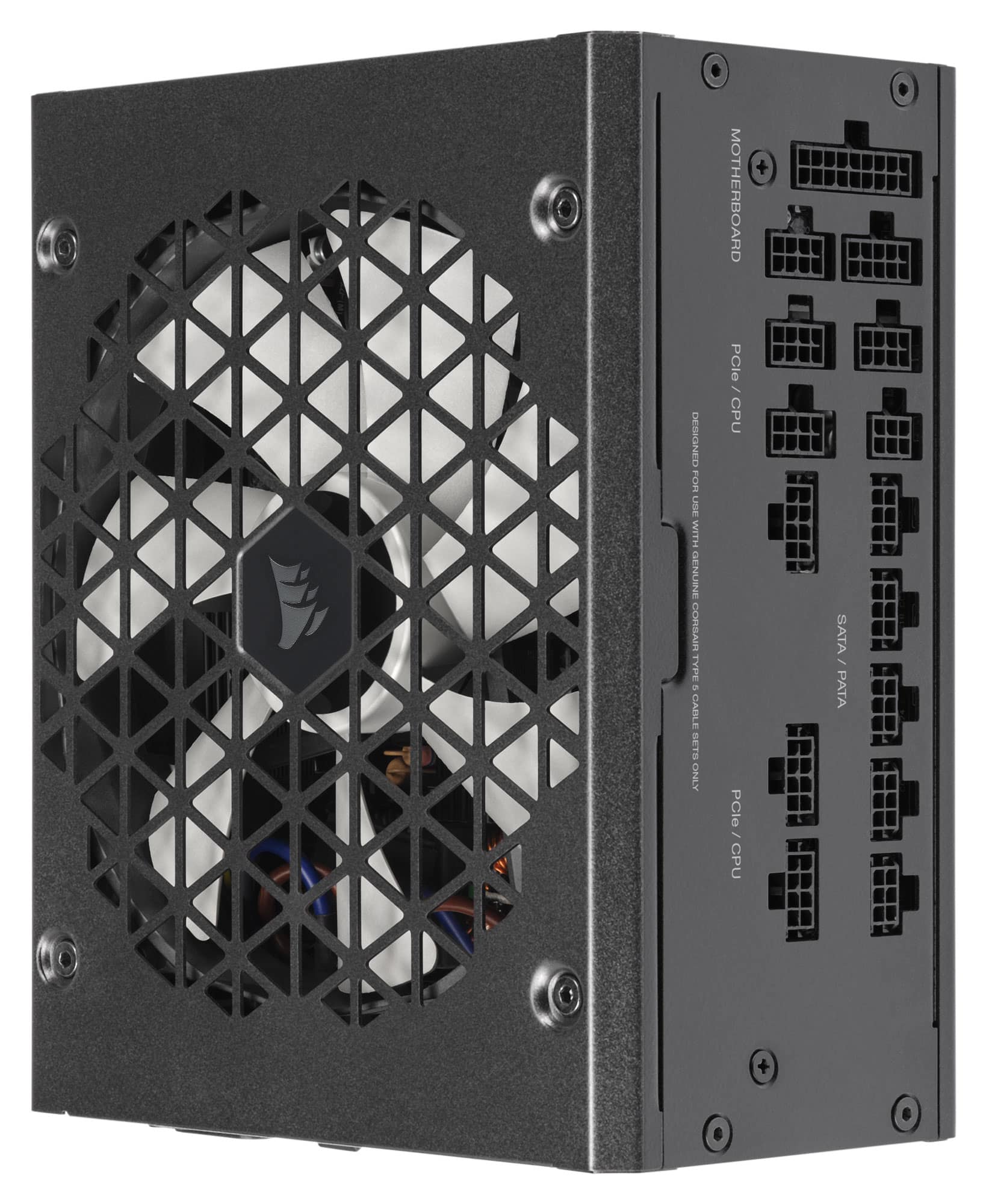

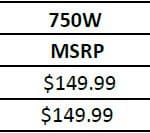

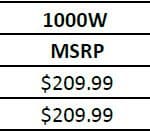
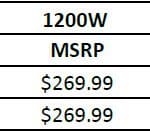
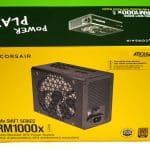

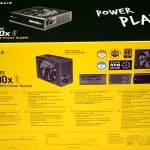
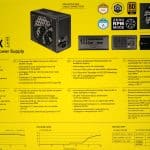




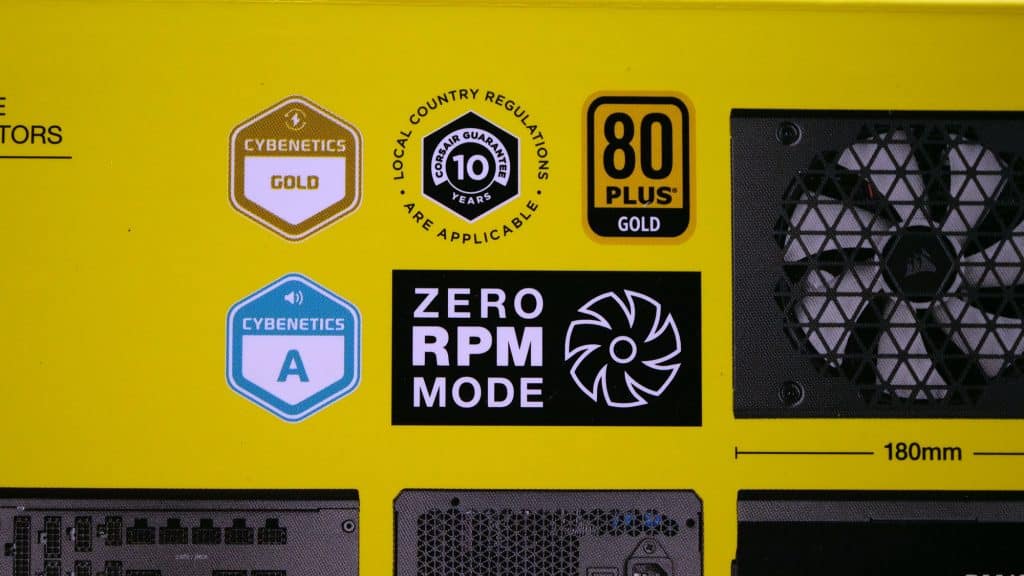
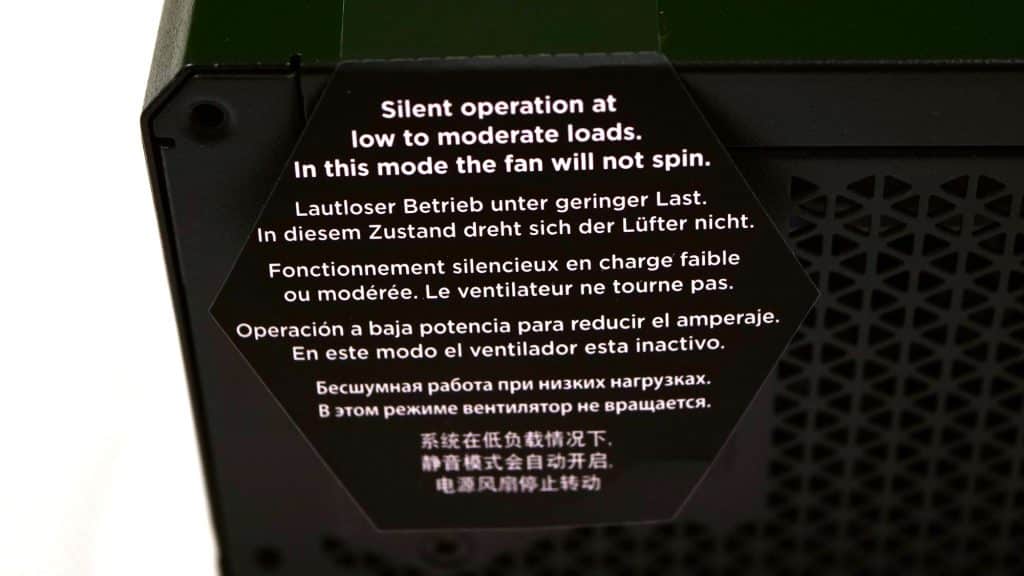
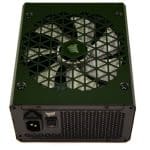
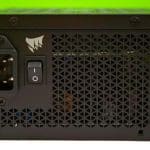
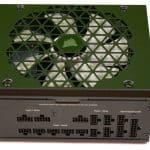
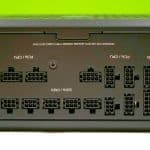
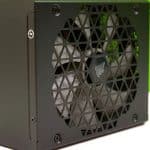
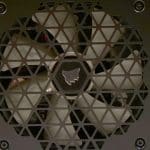

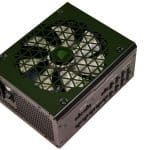
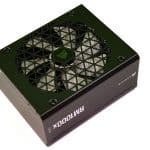
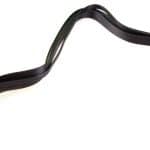
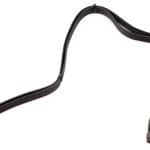
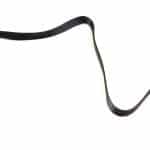
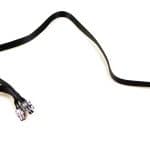
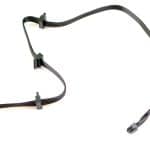
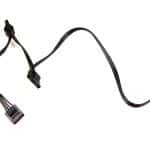
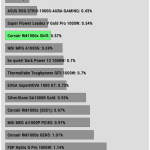
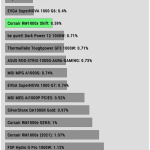
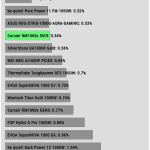
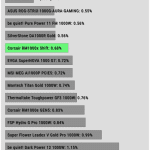
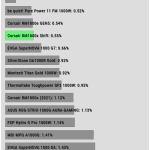
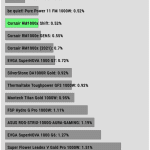
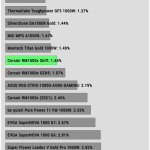
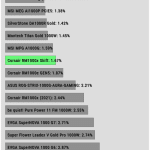
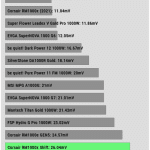
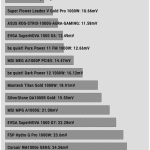
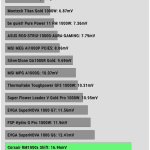

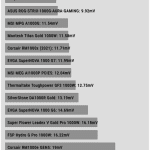
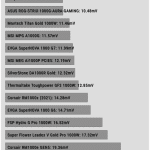

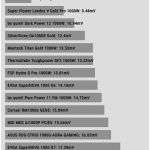
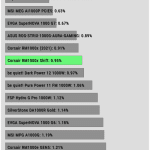
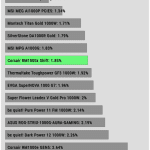
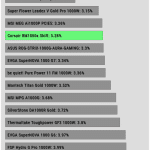
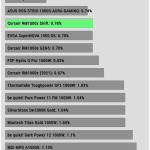
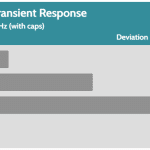
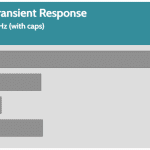

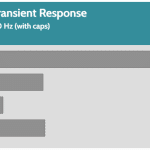

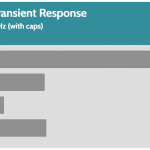
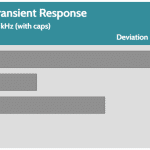
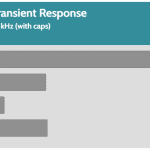

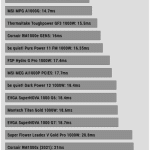

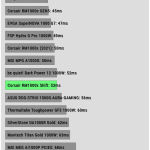
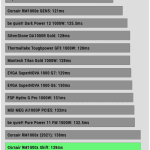
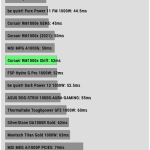
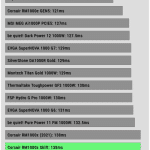
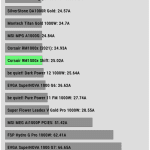
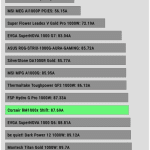
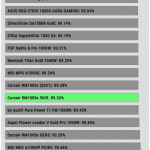
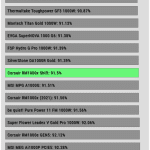
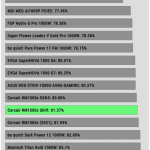
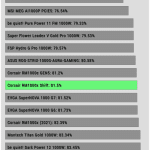


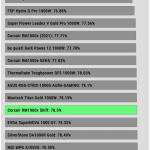
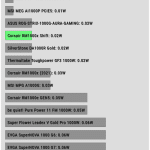
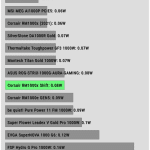
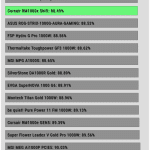
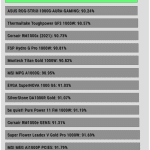

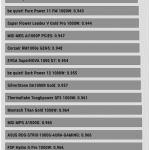

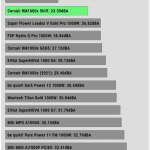
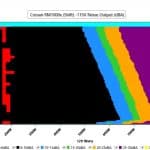

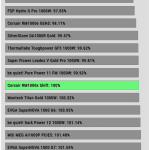
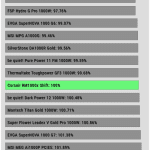
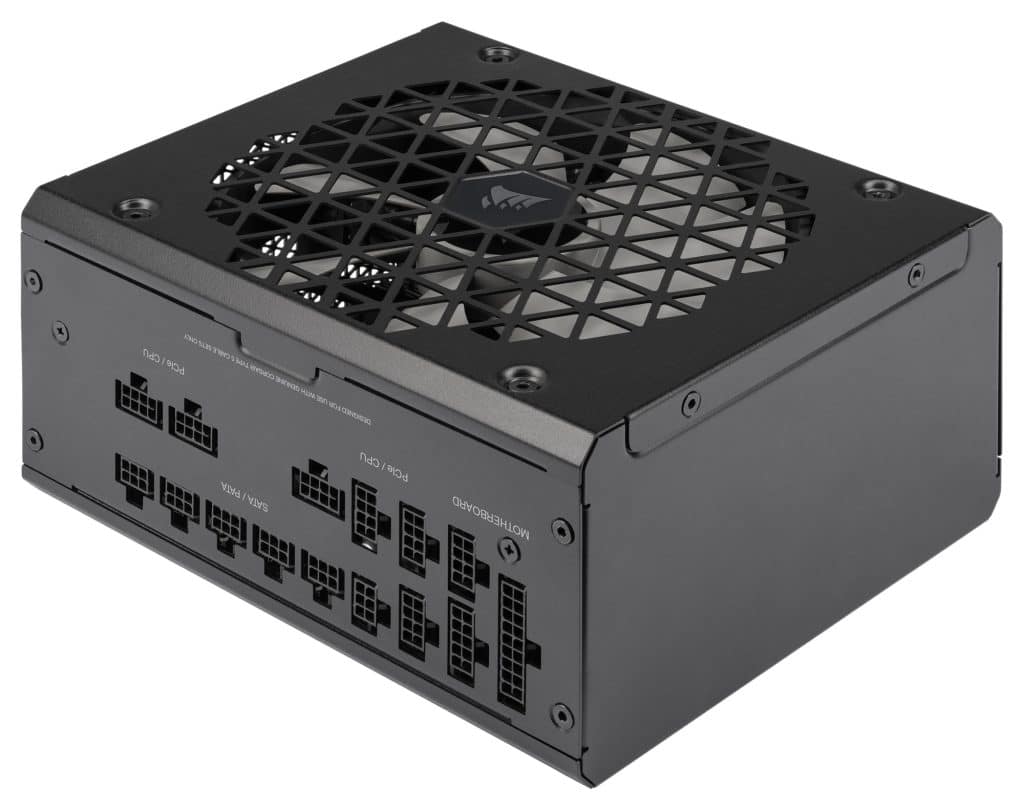

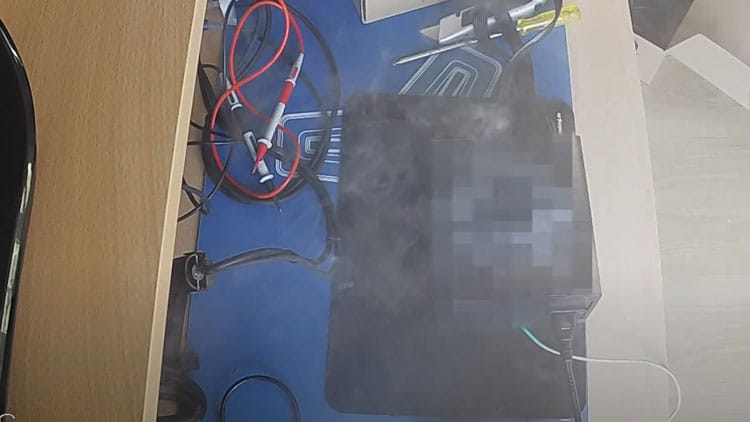
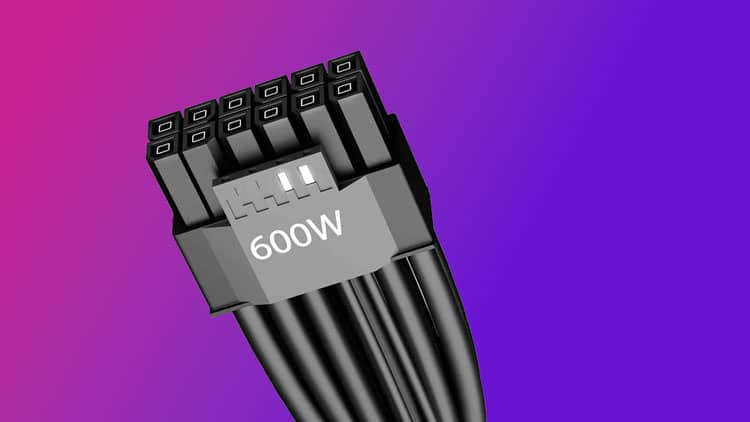
I have a Ryzen 7600X and a RX 6800XT GPU and I have ordered both the RM750x shift and the RM1000x shift PSUs. But which one should I finally take??
the 1000W model.
Alright thanks.
And since the fan has a zero RPM mode should I place the fan on top?
I bought this PSU for the future proof for RTX 5000 GPUs like RTX 5090/5080. Was it a mistake not waiting for ATX 3.1 PSUs?
This is ATX v3.1 already so you did well.
Is it just me or are the cables on this PSU complete garbage? I am speaking in terms of visceral appeal and functionality. The cables on this PSU are so impossible to manage in the case it made my wiring job even more cumbersome because i had to route the 24pin mobo cable through the top because it wouldnt allow me to bend it to clip in the correct way into my MSI b650m mobo.
This PSU is not for all cases, that’s for sure.
Greets, Aris! Loved this review and all the content you’ve been doing so far!
My P-750GM recently died (didn’t explode thankfully) and I’ve been keeping an eye to the RM1000x as my new PSU, but wanted to know, is it enough for a 4090 upgrade in a year or two? Or should I go for the 1200W one or Montech Titan Gold 1200W?(only PSUs available in my country atm.)
Thanks in Advance!
It won’t have a problem, even with a 4090. But if the price difference is small, you could go with a 1200W unit for more headroom.
I just got the 1000x yesterday and to my surprise the 115v Power Cord that come with it says 14awg on the cable I expected it to be 16awg wonder if they changed it to try and boost efficiency? Really like the unit so far it fits in a Lian Li Lancool 216 and is really quiet my gpu makes more noise.
Hello, i wanna buy this psu because my vertex gx 1200 failed but i dont see the 4 sensing pins on psu side only 2 pcie slots so is that safe to use with my 4090?
Thank you for help.
It is safe for the 4090 yes, from the 4 sensing pins only two are used in all PSUs.
Thanks for great review. I have been using Be Quiet for last decade but switched to Corsair due to its semi passive mode for the fan and I doubt my system will ever puss enough WATT to make the fan start to spin 🙂 Running RTX 4090 and I wonder if it matters which PCIe slot on PSU I connect the included 12PWRH cable?
it doesn’t matter 🙂
The 12VHPWR connector is a 450W and not a usual 600W? Does that affect performance of a 4090?
As far as I know, Corsair only uses 600W connectors. According to the ATX spec though, a 1000W PSUs should ship with a 450W 12VHPWR. Only if you increase the power limit, gaining minimal in performance, you will notice it.
Have you tested to plug a 4090 to see if the power slider in MSI afterburner was available ? Up to 133% (600w)
In theory it should be possible because both pins are grounded (configured to 600w). But if you can confirm it, thanks !
Why do that from the moment I checked the cable with a multimeter and found that it is set at 600W? This is easier 🙂
You just take a multimeter and check the corresponding pins on 12VHPWR, if both are grounded then it is 600W.